Yu Likwai
ALREADY IT IS DUSK
Already it is dusk is not only a time of obscurity but also a suspended state of identity.
This title interconnects the parallel worlds of Yu Likwai as a director and a photographer. Starting with the film The Pickpocket, Yu Likwai embarked on a long-term collaboration with Jia Zhangke, making the state of ordinary people and the staging of marginal communities in the backdrop of contemporary ruins his main theme. Even in his transition to directing the film Love Will Tear Us Apart, this theme remained unaltered.
This exhibition showcases Yu Likwai's works in three parts. The first part presents images of a pedestrian bridge in the Kwun Tong District of Hong Kong, a subject he has long admired. The second part consists of composite photographs that extend his aesthetics from filmmaking, combining spaces and people. The third part includes classic scenes from his films, intertwined with looping GIF images carrying the memories of an era.
In the images captured during his night shoot of a pedestrian bridge in Kwun Tong District of Hong Kong, the rushing figures imbue the entire image with an air of mystery. The existing structure of static images resembles a revolving scenic lantern installation, akin to wandering ghosts. Yu Likwai transforms the montage from cinema into the "good neighbor" principle of image theory, juxtaposing two or three, or even multiple related images, such as a woman in blue holding a knife in her right hand, next to a poster of a woman in blue uniform on an elevated bridge pier. While they may seem unrelated in reality, they stir up narrative ripples. Some pairings have a chronological relationship, while others appear not to, yet the cross-temporal juxtaposition is always apt. The gaps between images determine the order of their juxtaposition, creating more openness and narrative tension.
As for the GIF animations, they are sourced from films like Still Life and Love Will Tear Us Apart. They range from brief glances to extended cinematic moments. After undergoing the author's post-production edits, they play forward and immediately reverse without end, representing both the eternal nature of time and the narrative closed loop of images, unstoppable like a snake chasing its own tail. In these GIF animations, there are segments featuring facial expressions and actions of characters, entry tickets to the movies, close-ups of period-appropriate currency notes, cigarette packs, and more. These core images from the films have almost become "bad images" in the exhibition—belonging to the proletariat, lacking identity, easy to lose, yet easily relatable and shareable. From a media perspective, they serve as quick expressions and social therapy in the era of self-media, and Yu Likwai applies them to his exploration of image and time.
In Yu Likwai's spatial treatment within his works, much of it is rooted in the dimension of time. Space selects time, and space guides narration, especially at night. In scenes like hotels, staircases, bathrooms, and the harshly lit pedestrian bridge, individuals often appear not as clearly defined subjects but as wandering souls. He focuses on the social reflections and group portraits in the night, which are both a lamentation and the foundation for a sociological inquiry into ghosts.
For the static images juxtaposed by the author, Yu Likwai gives them remarkable names such as "Bad Neighbors, "Vexation,” "The Moth,” "Premonitions," and even the same name as Kubrick's film "High Shine". These titles for his image works seem to subtly encapsulate themes of journeys and death, brimming with fear and unease, weariness and a sense of being adrift, embodying a tangible state of suspended reality.
Night photography, in its essence, is akin to the sorcery of photography, for in this moment, the world becomes akin to a darkroom. And when we delve into the realm of cinema, to a certain extent, we are retracing the eve of recovering those lost souls from the real world. From this perspective, Yu Likwai's creations can be seen as a form of salvage operation, an attempt to bring back those who have fallen from the real world into the realm of dreams. This is, in essence, what André Bazin referred to as the "mummy complex," the act of preserving the external form of a human being, symbolizing the extraction of souls from the river of time.
Overall, as we transition from daytime into the dimly lit and gently illuminated exhibition hall, it feels like entering a submerged world, the underground of history, where the audience faces the crisis of weightlessness from the real world. Here, in the caverns of history, the accumulated fluids in the rock layers surge forth, carrying memories, adventures, migrations, fluidity, trauma, industry, and wanderings, forming the nested personal histories within collective memory.


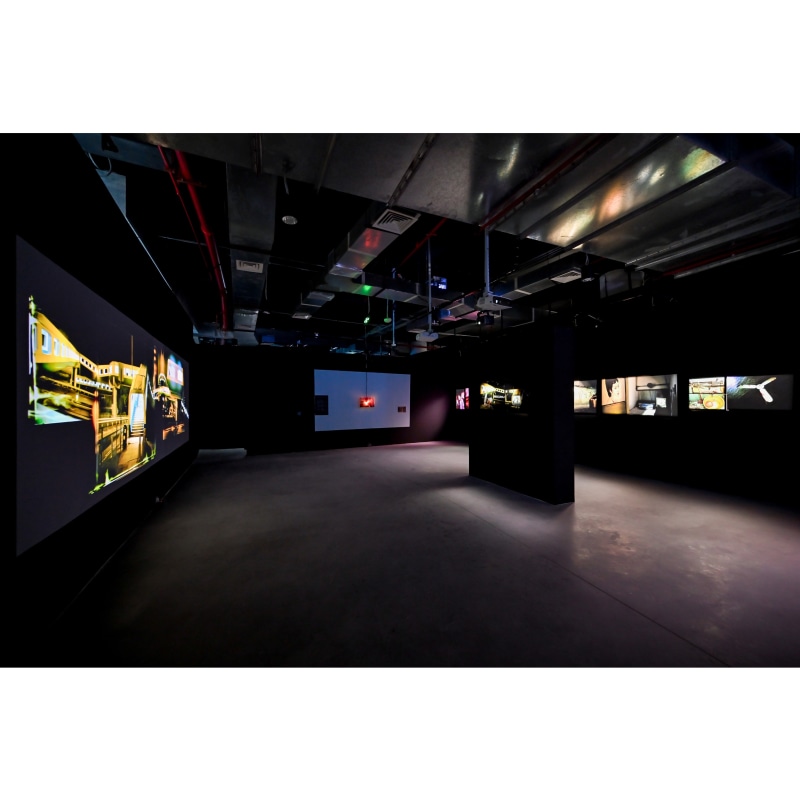
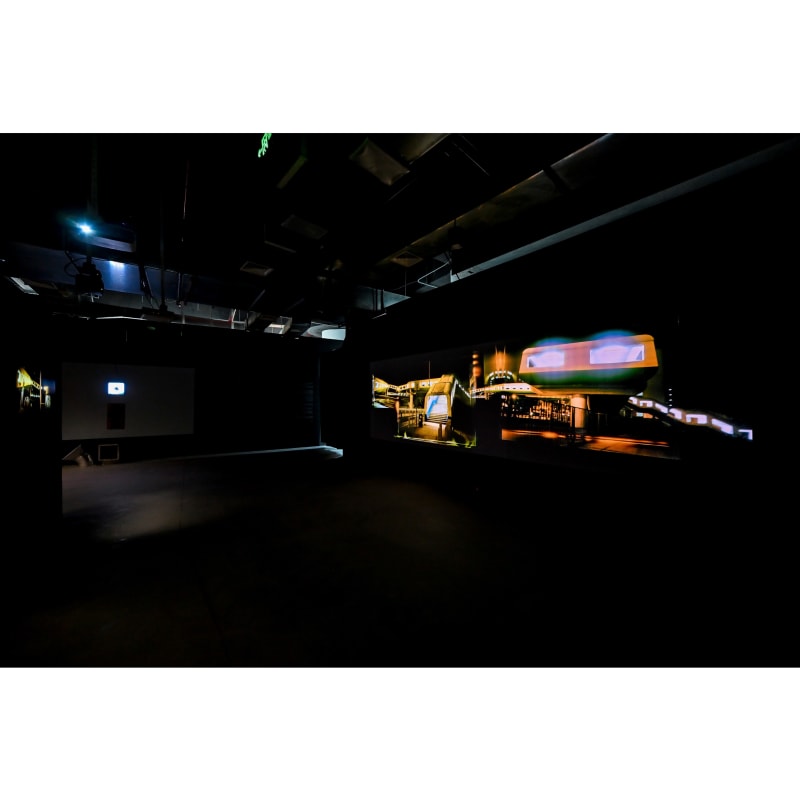

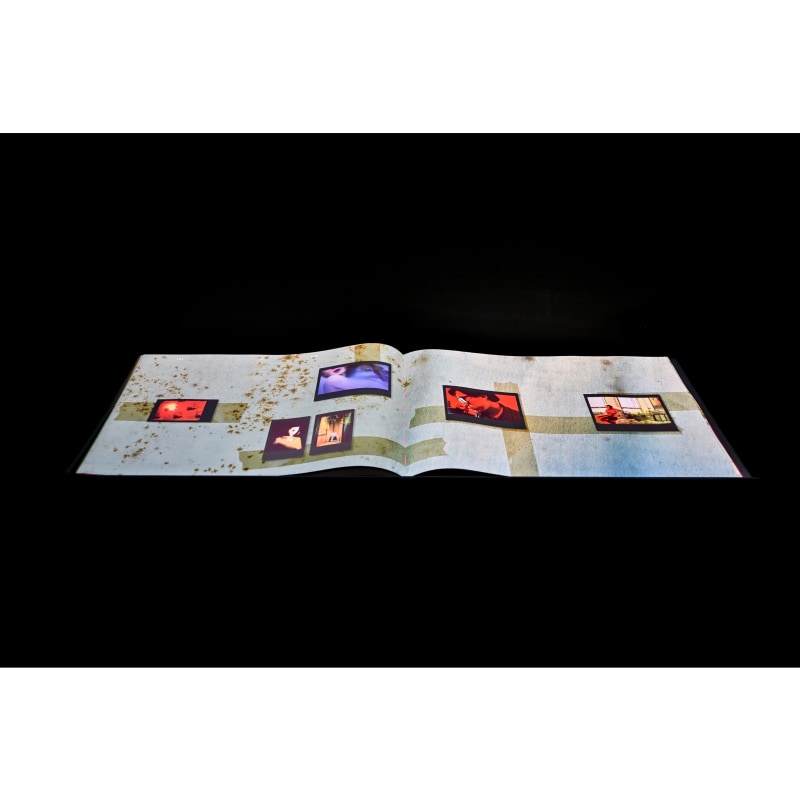

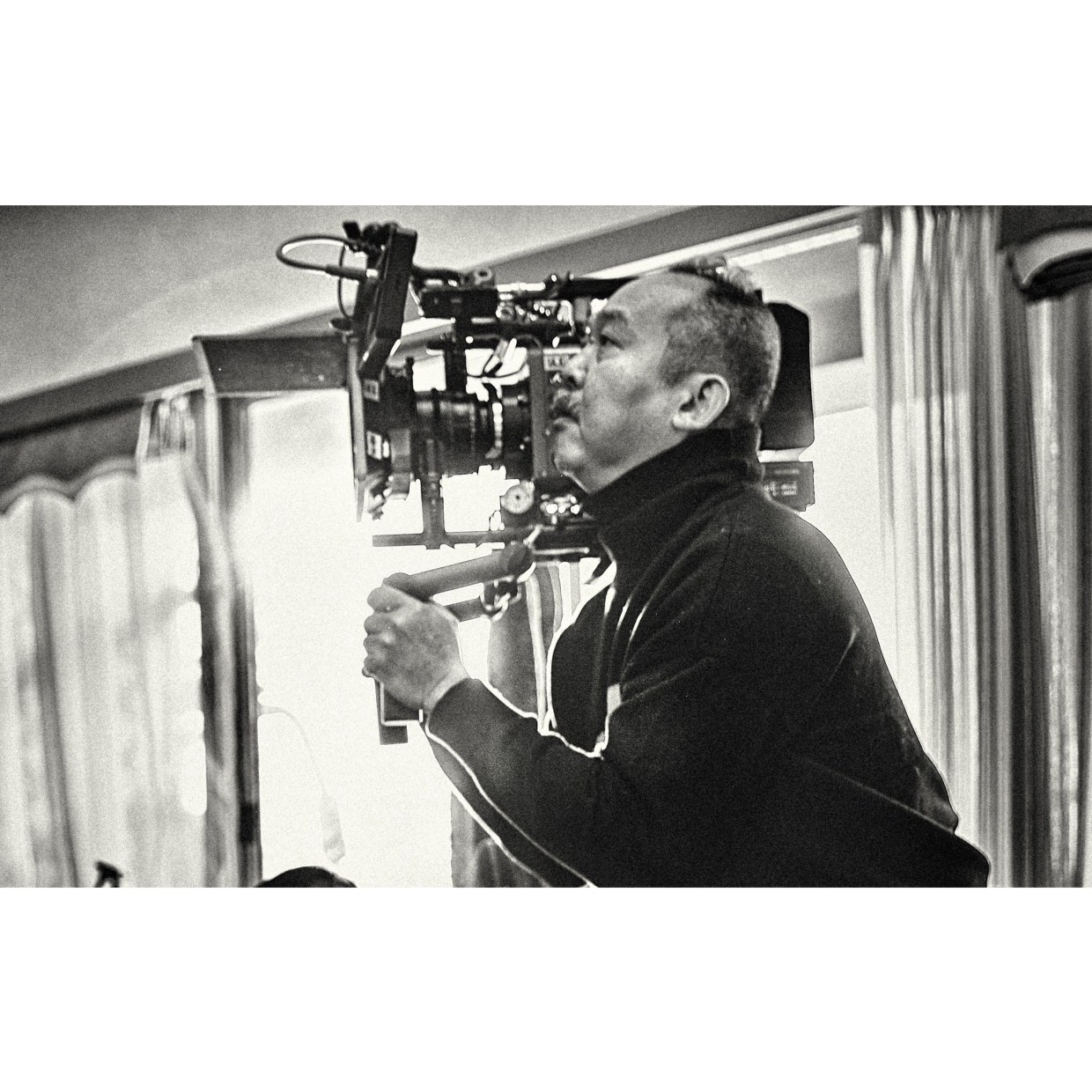 Portrait of Yu Likwai
Portrait of Yu Likwai Portrait of Yu Likwai
Portrait of Yu Likwai Yu Likwai, "Contagion Series 3". Giclee print. Courtesy of the artist.
Yu Likwai, "Contagion Series 3". Giclee print. Courtesy of the artist.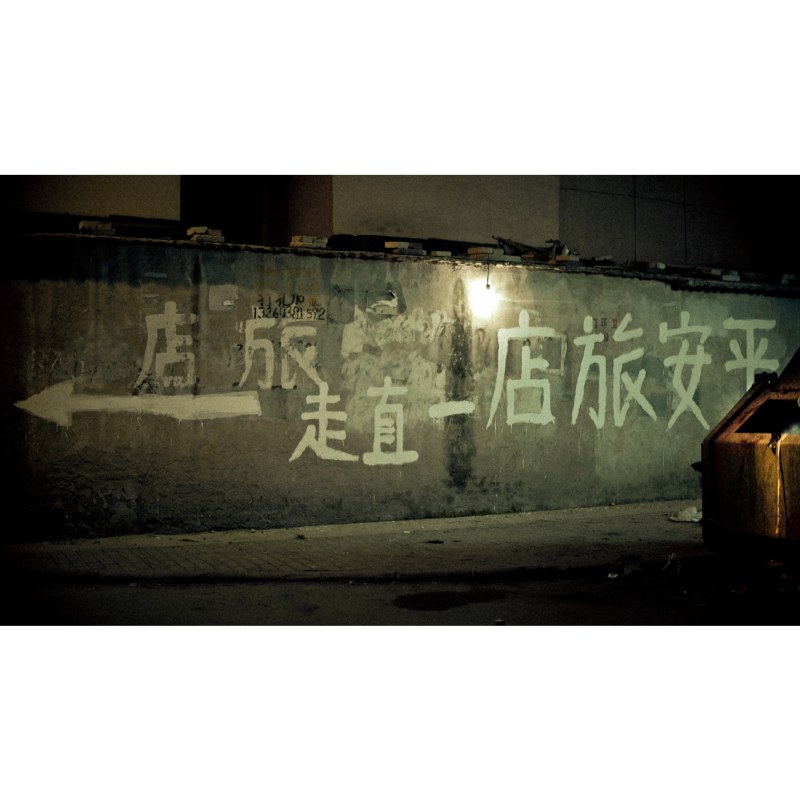 Yu Likwai, "Bad Neighbor Series 5". Giclee print. Courtesy of the artist.
Yu Likwai, "Bad Neighbor Series 5". Giclee print. Courtesy of the artist.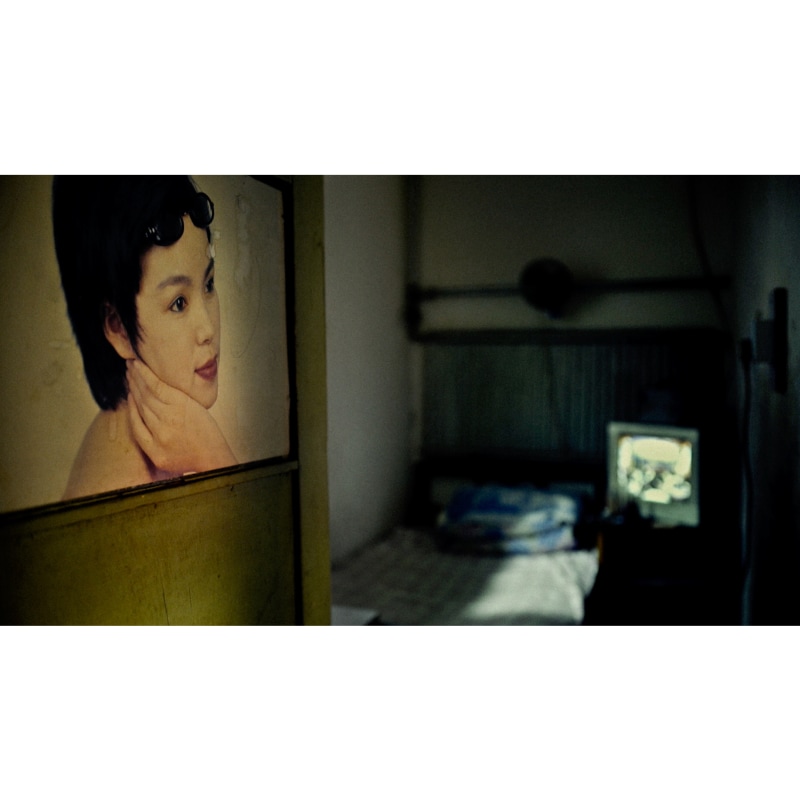 Yu Likwai, "Bad Neighbor 6". Giclee Print. Courtesy of the artist.
Yu Likwai, "Bad Neighbor 6". Giclee Print. Courtesy of the artist. Yu Likwai, "Bad Neighbor 7". Giclee Print. Courtesy of the artist.
Yu Likwai, "Bad Neighbor 7". Giclee Print. Courtesy of the artist. Yu Likwai, "Red Viaducts Series 2". Giclee Print. Courtesy of the artist.
Yu Likwai, "Red Viaducts Series 2". Giclee Print. Courtesy of the artist. Yu Likwai, “Kwuntong Ascension Series”. Giclee print. Courtesy of the artist.
Yu Likwai, “Kwuntong Ascension Series”. Giclee print. Courtesy of the artist.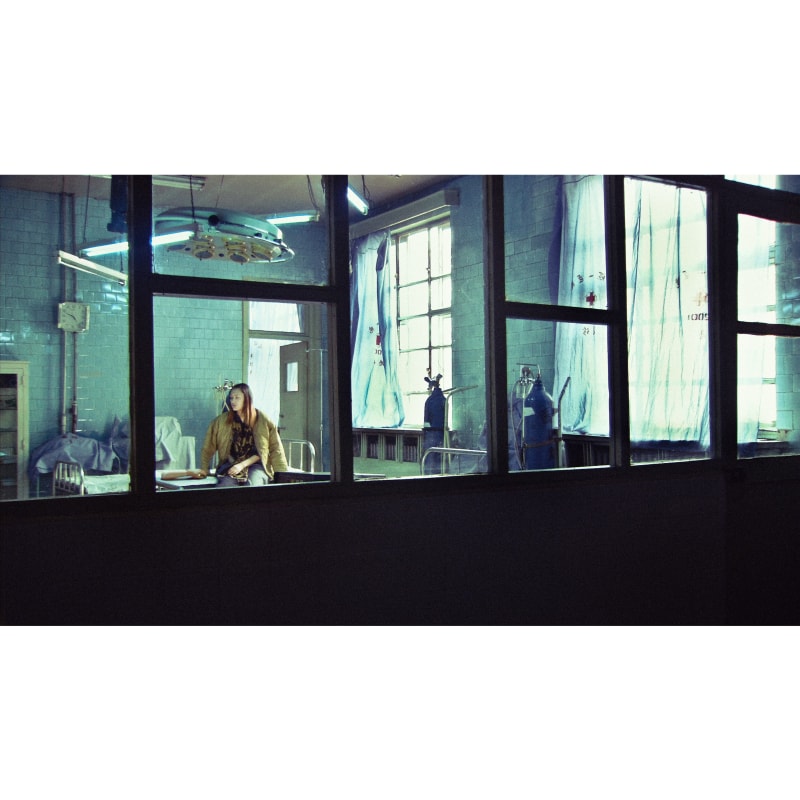 Yu Likwai, “Spellbound Series 3”. Giclee print. Courtesy of the artist.
Yu Likwai, “Spellbound Series 3”. Giclee print. Courtesy of the artist.